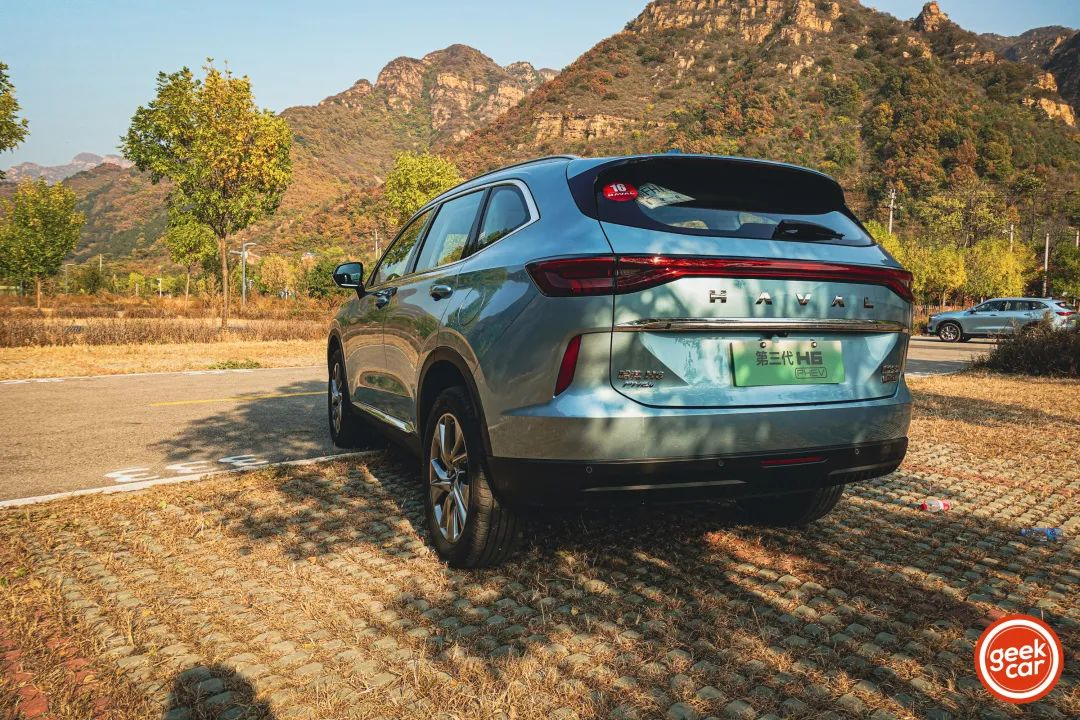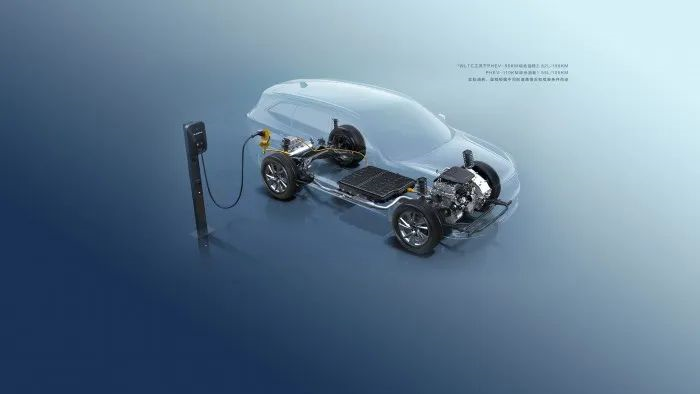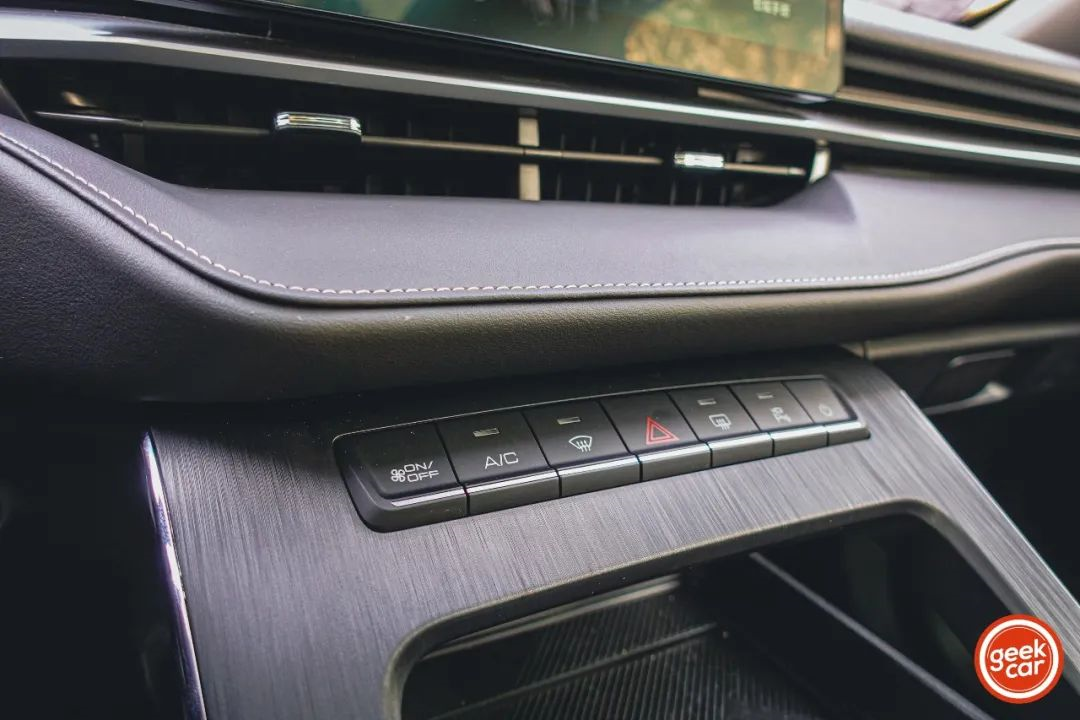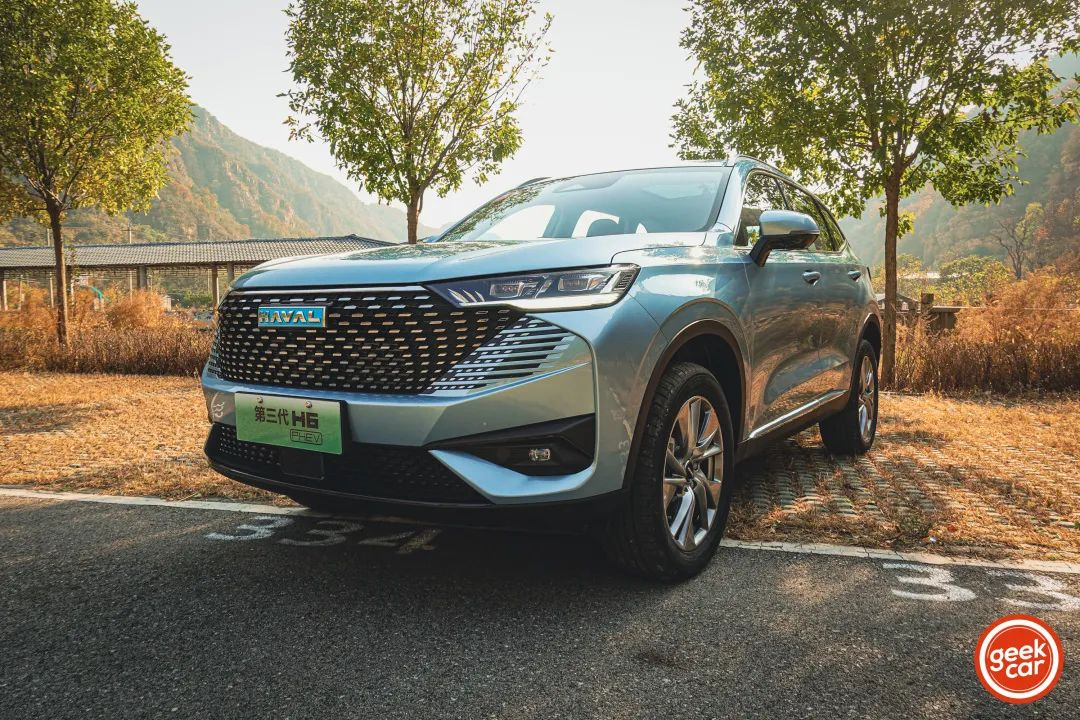Author: Wang Xuan
The penetration rate of the new energy market is increasing rapidly. The PHEV market, which was once considered a niche category, has also exploded this year, with independent brands such as Great Wall, Geely, BYD, and GAC all joining the game. Recently, a friend asked me how to choose a PHEV model, but before I answered him, I asked why he wanted to lock his demand into such a niche category?
“First of all, gasoline is expensive, and secondly, the inherent concept is that the endurance of electric cars is not good.”
The above is what he said to me. Since the beginning of this year, gasoline prices have skyrocketed, reaching nearly 10 yuan per liter at their highest point. Although today’s oil prices have fallen to 8.72 yuan per liter, to achieve the experience of 0.5 yuan per kilometer, the fuel consumption per hundred kilometers of the vehicle needs to be as low as 5.7 liters per hundred kilometers. Therefore, only hybrid models can achieve this.

With the anxiety of gasoline prices for fuel cars in front and the anxiety of mileage for electric cars in the back, PHEV and HEV models have become the most sought-after products in the market this year.
In the face of this trend, many products that were previously crowned as “national divine cars” have also expanded their PHEV product lines, such as the Haval H6 DHT-PHEV model. In the era of gasoline, the Haval H6 has achieved remarkable sales success. Can it catch up with the fast track of PHEV?

Keeping the engine continuously efficient is the secret code for fuel saving
Compared with the fuel version, the Haval H6 DHT-PHEV model, which is equipped with the Lemon Hybrid DHT system, has two main improvements: 1. fuel consumption, 2. driving quality.

First of all, let’s talk about the most important demand for users to choose PHEV models-low fuel consumption. The Haval H6 DHT-PHEV model is equipped with a Lemon Hybrid DHT system with dual-speed DHT gearbox.
The benefit of the dual-speed gearbox is that it expands the efficient operating conditions when the engine is directly driven. When the speed exceeds 60km/h, the engine directly drives the wheel through the low-speed gear of the DHT. When the speed exceeds 70km/h, the DHT drives the gear to switch to 2nd gear, allowing the engine to maintain a high-efficiency speed zone.
The comprehensive energy consumption test result of Haval H6 DHT-PHEV under WLTP feeding condition is only 5.6 liters per 100 kilometers. We can apply the Lemon Hybrid DHT technology to daily driving scenarios to explain how they achieve better energy consumption performance in the same class.
In urban driving, low-speed congestion is the least friendly scenario for fuel consumption performance. At low speeds and start-up stages, Haval H6 DHT-PHEV is equipped with a motor system with a total power of 130 kilowatts, which is more than enough to cope with low-speed city scenarios in terms of power reserve.

At the same time, the PHEV model is equipped with a 19.27-degree battery pack. For users who have a home charging condition, daily commuting issues can be completely solved by pure electricity.
For users who do not have a home charging condition, it is inevitable that feeding will occur. At this time, the Lemon Hybrid DHT system will start the series mode, and the engine will operate in the efficient working range to drive the generator to supply energy to the motor. This mode is similar to the logic of a range-extended electric vehicle. The engine can avoid non-efficient working ranges and bring electric vehicle driving quality to users.

In urban scenarios, there will inevitably be parking scenes when waiting for red and green lights. Conventional fuel vehicles are still in idle mode when parked, and although fuel consumption is less, it will finally have an impact on the overall fuel consumption data when accumulated.

Many automakers use engine start-stop functions to deal with idle fuel consumption, but from the user’s perspective, the experience of this function is very poor, to the point where many people’s first step in driving is to turn it off.
In the parking and red and green light start-up scenes, the PHEV model has an absolute advantage. The engine is idle and stopped, and the motor has a faster response speed than the engine in start-up.In high-speed scenarios, the DHT hybrid system will adopt a parallel mode. When the vehicle speed exceeds 60 kilometers per hour, the engine directly drives the wheels, and the two-gear DHT gearbox ensures that the direct-drive operation of the engine is in the efficient range of 1800-2700 rpm, with the electric motor and generator stand-by at all times. Both can adjust the engine output characteristics through power output.
In the overtaking scene under high-speed conditions, the engine, motor, and generator will all be fully loaded to ensure that the vehicle completes the overtaking action in the shortest possible time. When the 1.5T engine and two motors of the Haval H6 DHT-PHEV are jointly exerting force, the comprehensive power is 240 kW, and the peak torque is 530 Nm. The sharp acceleration experience far exceeds that of the same level of fuel vehicles.
It is not difficult to find that the fuel-saving secret of the entire DHT hybrid system is to ensure that the engine always operates in the highly efficient operating range. The engine, generator, and motor complement each other in the operating logic, using their own advantages to deal with their respective shortcomings, thereby achieving the goal of the lowest fuel consumption.
Better Driving Quality
Excellent driving quality is also an accompanying product of the Lemon DHT hybrid system. After test driving the Haval H6 DHT-PHEV model, the improvement of the driving quality over pure fuel vehicles can be summarized into two points: better NVH and faster response speed.
As mentioned above, the engine, generator, and motor assist each other, and the latter two will also help the generator operate in the most efficient speed range. The noise of the engine will increase with the increase of the speed, so when the engine can ensure that it operates at a more suitable speed under different complex working conditions, NVH can be naturally controlled better.
The faster response speed is due to the clear logic of the Lemon hybrid DHT system. No matter what kind of working conditions the Haval H6 DHT-PHEV is in, the four modes of EV mode, motor direct drive, engine direct drive, and series mode can be quickly switched to parallel mode. The motor provides strong initial torque output, and the engine has sufficient power reserve to deal with medium and high-speed scenarios.Meanwhile, the third-generation Haval H6 DHT-PHEV has made great progress in suspension tuning. Equipped with an E-type multi-link suspension, the vehicle can better control the body on high-speed bumpy roads and provide decent support on winding mountain roads, ensuring a good vehicle posture while giving drivers more confidence in cornering, and effectively suppressing body roll during rapid acceleration or deceleration.
The damping characteristics are initially soft and later become hard, making the handling of city manhole covers and potholes relatively gentle. However, for speed bumps with higher height, there is still a noticeable rebound and shock in the rear seats, although it remains within the acceptable range. It is hoped that the manufacturer can adjust it later.
Stronger Comprehensive Product Strength
For the target users of Haval H6 DHT-PHEV, in addition to the demand for fuel economy, comprehensive product strength is also one of their core considerations for a vehicle.

In terms of intelligence, the third-generation H6 DHT-PHEV is equipped with a Mobileye EyeQ4 chip, which can achieve Level 2 intelligent driving assistance system, can effectively identify traffic signs on the roadside, and avoid unconscious violations. At the same time, it is equipped with a 360-degree panoramic image and a 180-degree transparent bottom view, which is particularly friendly to novice users.

In terms of intelligent cockpit, the voice assistant is highly responsive. Users can wake it up by simply saying “Hello, Haval”. The voice recognition has high accuracy, and the processing speed of the car machine is also good. During our experience, the touch experience of the car machine is very responsive, without obvious lag, and some physical buttons are reserved for users to enhance the blind operation experience.
 In the hot outdoor market, the third-generation Haval H6 DHT-PHEV supports 3.3kW high-power external discharge V2L function. With a battery capacity of 19kWh and a range of 110km, the vehicle can meet the demand for outdoor cooking by discharging at maximum power.
In the hot outdoor market, the third-generation Haval H6 DHT-PHEV supports 3.3kW high-power external discharge V2L function. With a battery capacity of 19kWh and a range of 110km, the vehicle can meet the demand for outdoor cooking by discharging at maximum power.

Conclusion
Previously, Haval H6 had millions of users and can be considered a “unicorn” in the compact SUV market of domestic brands.

Facing the rapid rise of the PHEV market, the third-generation Haval H6 quickly followed suit with a PHEV model, which also indirectly proves Great Wall Motors’ profound technical reserves. By jumping on the PHEV bandwagon, it is believed that Haval H6 still has room for further growth in sales.
This article is a translation by ChatGPT of a Chinese report from 42HOW. If you have any questions about it, please email bd@42how.com.
